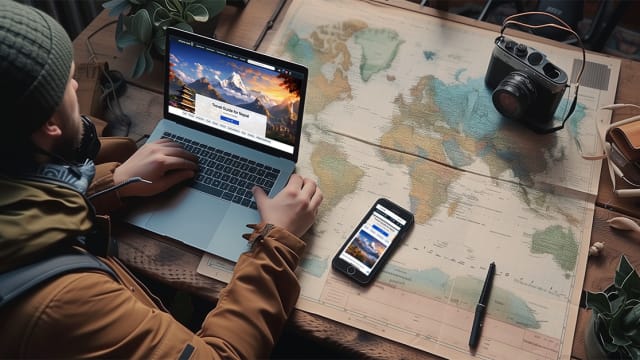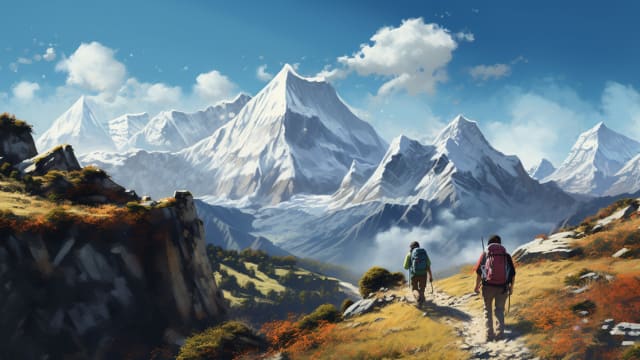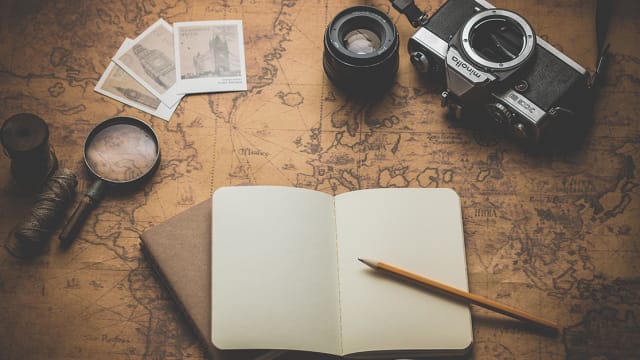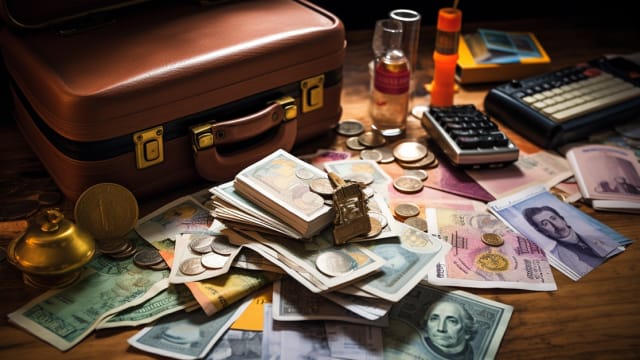
10 days
Iceland
Iceland
Experience the mesmerizing beauty of the Northern Lights in Iceland. Watch the dancing lights in the sky and witness nature's breathtaking show.
Explore the famous Golden Circle route in Iceland. Visit the stunning Gullfoss waterfall, the geothermal area of Geysir, and the historical site of Thingvellir National Park.
Relax and rejuvenate at the luxurious Blue Lagoon Spa. Enjoy the geothermal waters, indulge in spa treatments, and unwind in the tranquil surroundings.
Embark on an adventure of glacier hiking in Iceland. Explore the stunning ice formations, breathtaking landscapes, and experience the thrill of walking on ice.
Go on a thrilling whale watching tour in Iceland. Spot majestic whales in their natural habitat, including humpbacks, orcas, and dolphins.
Visit the mesmerizing Jokulsarlon Glacier Lagoon in Iceland. Witness the floating icebergs, take a boat ride, and admire the stunning glacial scenery.
Experience the unique snorkeling opportunity in Silfra in Iceland. Dive between the tectonic plates and explore the crystal clear waters of the Silfra fissure.
Embark on an unforgettable trekking adventure in Landmannalaugar in Iceland. Explore the colorful mountains, hot springs, and breathtaking landscapes.
Discover the vibrant capital city of Iceland with a Reykjavik city tour. Visit iconic landmarks, learn about the history and culture, and enjoy the lively atmosphere.
Explore the vast wilderness of Vatnajokull National Park in Iceland. Marvel at the largest glacier in Europe, hike through stunning landscapes, and discover hidden gems.
 news
newsWhereNext AI Travel Planner: Creating...
 people
peopleUltimate Guide to Gap Year Travel: Tips,...
 news
newsGuide to the Best Online Groups for...
 news
newsTips & Hacks for Accommodation Booking
 news
newsTravel Tips: A Guide to Insurance,...
 news
newsMoney: Making Cents of Your Travels
 news
newsTop 10 Technology Tips for Smart...
 news
newsHow to Master Visa Requirements for...
 news
newsHow to Find the Best Flight Deals: Pro...
Iceland has a subarctic oceanic climate, with mild winters and cool summers. The average temperature in the winter is around 0°C (32°F), while in the summer it's around 10°C (50°F). The southern and western parts of the country are generally milder than the northern and eastern regions. Rainfall is relatively low, with most of it falling in the winter.
The best time to visit Iceland depends on what you want to do and see. The summer months of June to August are the warmest and offer the longest days, making it the best time for activities such as hiking, horseback riding and visiting the Golden Circle. This is also the time when the roads to the highlands are open, making it the best time for exploring Iceland's remote areas.
The winter months of December to February are the best time for activities such as skiing, snowmobiling and chasing the Northern Lights. This time of the year also offers the chance to experience the country's unique Christmas and New Year's Eve celebrations.
If you're interested in both summer and winter activities, the shoulder seasons of May and September can be a good option as well. These months offer milder weather and the chance to see the Northern Lights, as well as the opportunity to experience Iceland's unique festivals and events.
Iceland offers a range of accommodation options, including hotels and guesthouses. These can be found in the larger towns and cities, such as Reykjavik, Akureyri, and Vik, and offer a comfortable and convenient base for exploring the surrounding area. Many hotels and guesthouses in Iceland are family-run and offer a personal touch, as well as traditional Icelandic decor.
Camping is a popular option for those looking for a more adventurous and self-sufficient way to experience Iceland. There are many designated camping areas throughout the country, and many tour operators offer camping equipment rental as well as guided camping tours.
Hostels are a budget-friendly accommodation option and can be found throughout Iceland. They offer dormitory-style rooms, as well as private rooms. Hostels are a great option for backpackers and budget-conscious travelers.
Lodges in Iceland are usually located in remote areas, providing a unique experience of living in the wilderness and getting in touch with nature. These are usually basic accommodations but provide the opportunity to experience the vastness of the country and the northern lights during winter.
Another option for accommodation in Iceland is vacation rentals, such as apartments, cottages, and houses. This is a great option for families or groups of friends traveling together, as it offers more space and privacy than a hotel. These can be found in various locations, including urban areas and countryside.
Glamping, or glamorous camping, is a popular option in Iceland. It offers a unique way to experience the wilderness in comfort, and it's a great option for those who want to experience Iceland's nature while avoiding the hassle of traditional camping.
The most common form of transportation to and within Iceland is by airplane. Icelandair and Wow air are the main airlines operating in the country, connecting major cities in Europe and North America. Many budget airlines also fly to Iceland, making it more affordable for travelers.
Renting a car or taking a bus tour is a popular way to explore Iceland, as it offers flexibility and allows for easy access to the country's remote areas. There are several car rental companies, and many tour operators offer bus tours that take in Iceland's most popular sights.
Iceland has a well-developed public transportation system, with buses connecting major towns and cities, as well as smaller settlements. The bus system is operated by Strætó, which offers a wide range of passes and tickets to suit different needs.
Taxis are widely available in Iceland's larger towns and cities, and can be a convenient option for those looking to get around quickly. It's important to note that Taxi fare in Iceland can be quite expensive.
For those who want to explore Iceland at a slower pace and are comfortable with cycling, bike rental is an option. It's mainly used in the Reykjavik area and other urban areas, but it's not recommended for the more remote areas of the country.